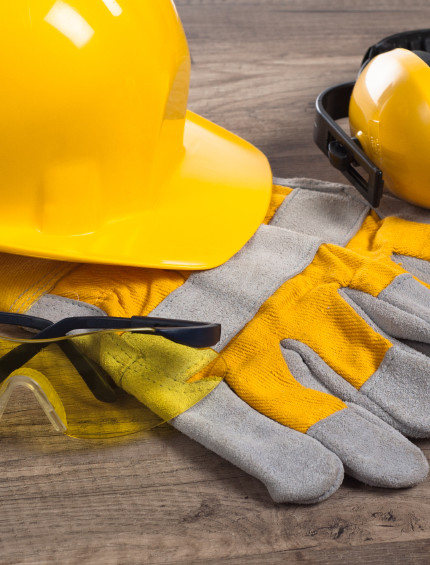CDM to Principal Designer – What does it mean?
On October 6th 2015 the final changes to the Construction (Design and Management) Regulations 2015 came into effect. Previously any CDM coordinator who had been appointed before 6th April 2015 could still continue in the role until 6th October 2015. Now however the position of the CDM coordinator has been fully replaced by the principal designer. Guy Chapman in the Safety Compliance team at John Rowan and Partners explains what has changed…
The new version of the regulations (CDM 2015) was introduced because it was felt that across the construction industry too often appointments were made too late, appointees were not fully embedded into the pre-construction project team and the HSE wants to realign the way in which the coordination function is delivered.
What does this mean for Local Authority organisations?
Previously the CDM coordinator was your main safety adviser. With this position now gone, you now have a number of additional responsibilities ranging from notifying the HSE of the project details and appointing (in writing) a principal designer and principal contractor. In reality once you appoint a principal designer they will carry out many of the responsibilities on your behalf.
Key to all of this is the fact that the principal designer should be appointed as early as possible in the design process, ideally at concept stage. This will help to allow them to pull together the pre-construction information, such as asbestos surveys, existing health and safety files and structural drawings.
What has changed with the role?
The new role of principal designer takes on many of the duties of the CDM coordinator. The principal designer must plan, manage, monitor and coordinate health and safety in the pre-construction phase of a project.
It is important to mention that a common misconception is that the principal designer needs to be the lead designer on the project. There is no requirement in the regulations that the lead designer has to take on the role of the principal designer.
In many cases we have found that the lead designer does not want the role and/or may not have the necessary skills or knowledge to do so. The only requirement is that the principal designer must be a designer and that they must have control over the health and safety aspects of the preconstruction phase.
It therefore makes sense that consultants who have previously acted as CDM coordinators (building up many years’ experience), are designers, and have been given control over the health and safety aspects of the pre-construction phase, make for the perfect principal designers.
Media Contact
Guy Chapman
Head of Safety Compliance

